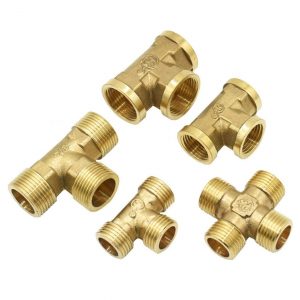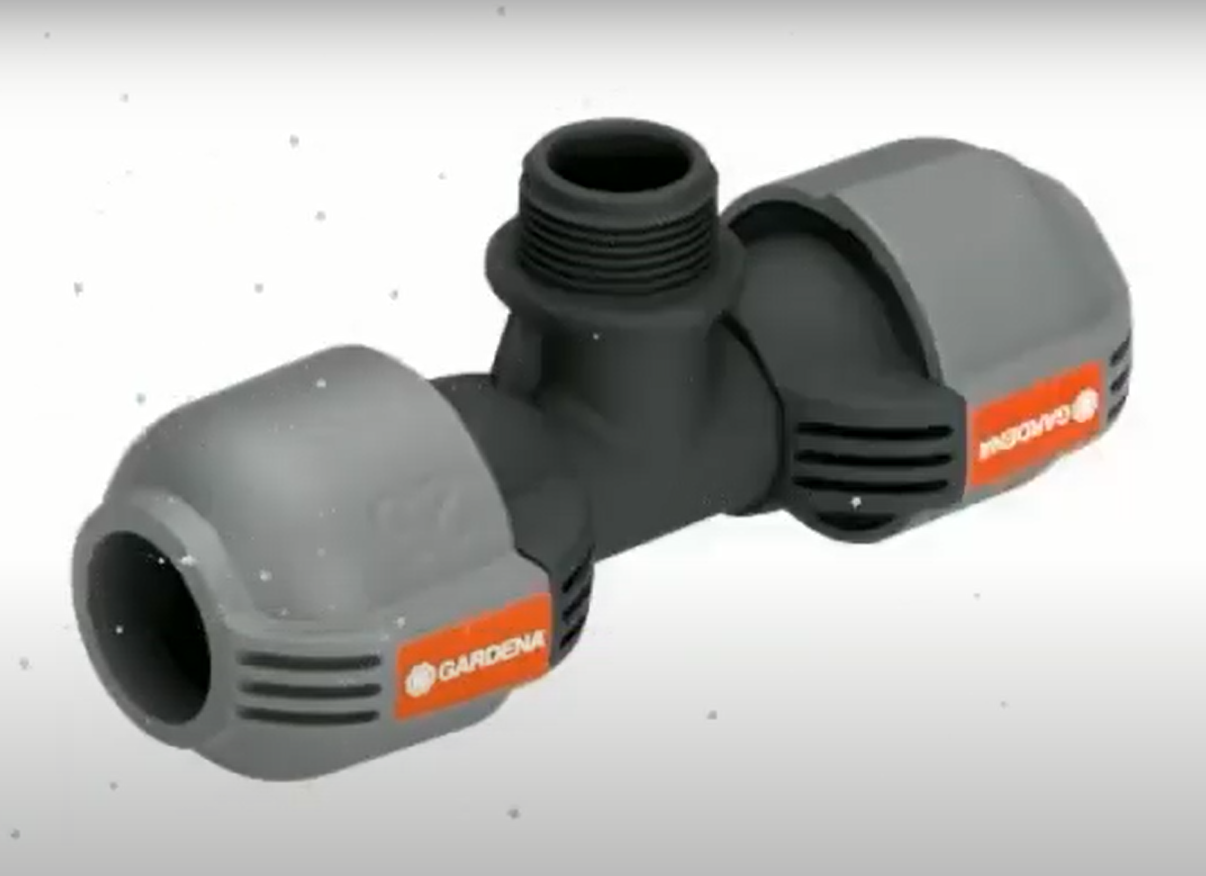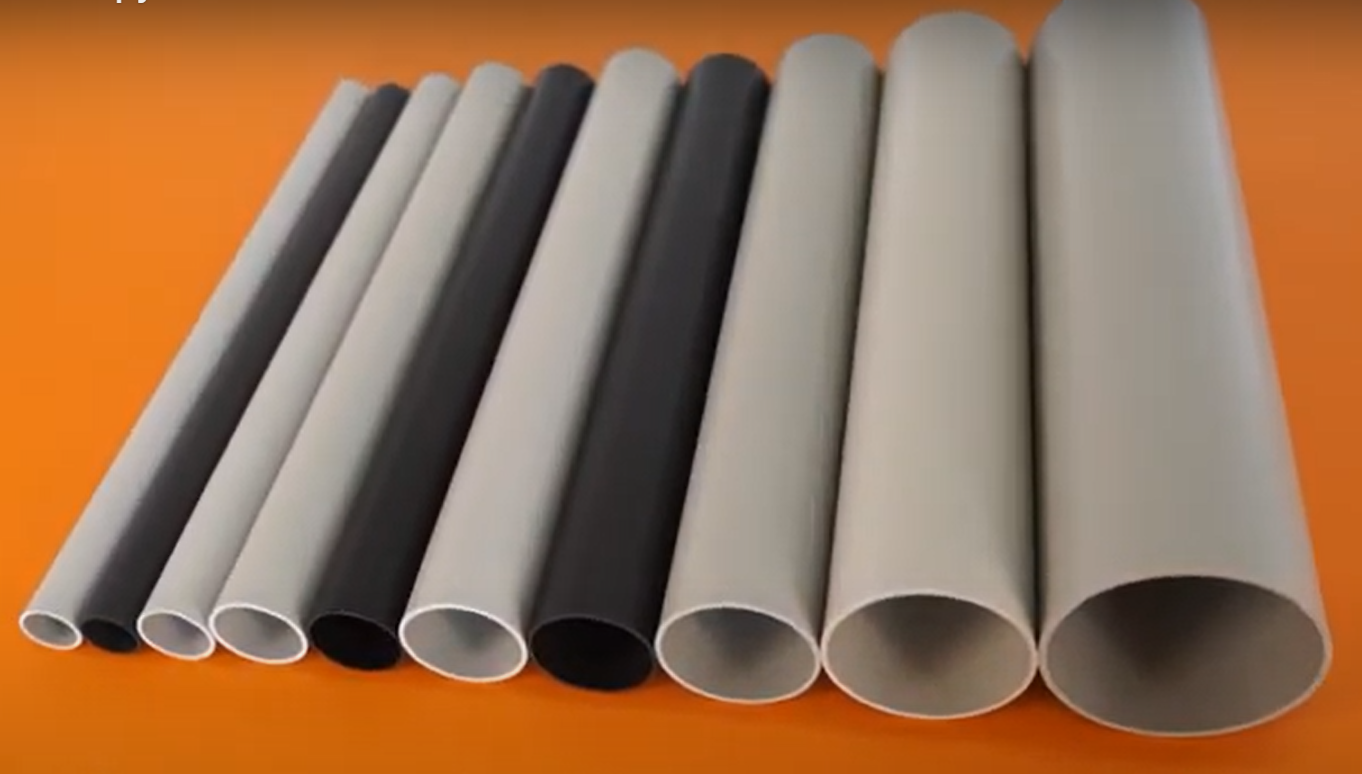Many people have a utility sink in their backyard for cleaning things like garden hoses. But how do you hook up the utility sink to the garden hose? It’s actually really simple! In this article, we’ll go over what you need and how to set it all up. We’ll also include step-by-step instructions.

Can you connect a water hose to a sink?
The first thing to check is the water pressure. If you turn on your sink and there’s no spray or it doesn’t run smooth, then that means the flow rate (gallons per minute) isn’t high enough to support a hose connection. If the water runs fine, then you can probably hook up a hose.
If you are unsure about the water pressure, then you can use a garden hose or bucket to test it. Turn on your faucet all the way and see how much water comes out of either one in 15 seconds (or less if possible). If the flow rate is below three gallons per minute, then forget about hooking up anything larger than a typical sink sprayer.

Materials you will need
First of all, you should consider the materials you will need. Make sure they are all accessible at your home so you don’t have to go shopping and then come back again just for the sake of completing this task. You should gather:
- Garden hose or a connector pipe that fits into it;
- Adapter that will let you connect the sink to a water source;
- Wire stripper or pliers;
- A utility sink with an attached faucet – make sure it is not leaking!
- If there is one, take some Teflon tape with you as well;
- Two adjustable wrenches (one large enough to fit both nuts);
- A pair of gloves to protect your hands when working with the tools.
- Two standard wire nuts which are usually included in a utility sink package;
- A step ladder for hanging up the faucet if it is too heavy to install by yourself or any other tool that will help you complete this task easier and faster.

Also, make sure you have all of these materials in good working condition and there are no leaks anywhere on your utility sink piping system before you start this project because once started it cannot be undone! However if after the installation is completed and some small leak shows up at least know how to fix it with simple tools like wire clamps for example which can save time during repairs compared to calling a professional.
How to Hook up Utility Sink to Garden Hose
Now, when you have gathered all the necessary materials, you can start the process of hooking up a utility sink to a garden hose.
- First, you need to take off the faucet from your sink. Most sinks have a nut or bolt that holds the faucet in place so removing it isn’t too much of an issue.
- Next, you will need to install a T connector on top of the utility sink’s spout and attach one end of your garden hose there. A coupling ring can be used for this purpose but make sure not to overtighten since doing so might deform its threads which is bad news if they are plastic ones. You can also choose any other way to connect two hoses together provided that their inner diameter matches each other (which makes sense).

- Make sure that water through both ends of your garden hose is turned on, turn off the water in your utility sink, and test-fit everything by hooking up both ends of the garden hose into it.
- Check for leaks and if everything looks fine, tighten all nuts.
- If you don’t have a T connector to attach the garden hose to your utility sink’s spout, another option is to use a two-piece coupling instead of it or even just one long flexible tube that will connect both ends of each hose together directly into them. It might take more time but again as long as there are no leaks after putting things together then nothing should go wrong with this approach either.
- Now you can attach some kind of clamp to fix its place since the T connector might rotate when under pressure which could lead to leakage at this joint. It doesn’t have to be a metal one but the rubber grommet will not do either so keep that in mind while shopping for what exactly fits best here. You can find all kinds of clamps online or if you are brave enough go with screws since they are cheap and strong too plus you’ll get rid of chances for leaks occurring due to bad fittings later down the road anyway! This is easy compared to other steps in this process so don’t worry too much about it.
- Close the drain of your sink, turn on the water, and test for leaks again at all joints. If everything is okay then you can let yourself enjoy using your new utility sink!

- Test for functionality by putting some water into it and then pouring that out again. If the flow of the water is okay then everything should be fine. If it still leaks, just re-tighten all nuts from step four and repeats this test once more with a little bit less pressure on each nut to avoid overdoing things again just in case that was the reason for problems with your drainpipe earlier.
- If you have a garbage disposal installed then make sure to use cold water all the time since hot ones will damage them over time resulting in their short lifespan!
- Store your hose when you are done with all the tests and turn off the water since not doing that will result in a disaster for your utility sink.
- Don’t forget to clean it from time to time, especially if it is brand new!
- Enjoy using your own backyard sinks which can be used as an extra one or even the main kitchen one during parties and other occasions having lots of people over – they come really handy sometimes!
Tips
- It is important that you do not use too long of a hose because it will decrease the water pressure. If there are any kinks in your garden hose, try straightening them out or replacing them with flexible PVC tubing instead.

- The other issue could be if your utility sink has an aerator on it. This means that air can get mixed into the water flow and cause low water pressure when draining the sink after using it for anything – even just washing your hands! You can either remove this part from your faucet, replace it with one without an aerator (which most newer models have), or run some Teflon tape around its threads before screwing it back onto the spout. This will ensure a good seal and prevent air from getting into the line to decrease water pressure, but it is important that you do not use Teflon tape on plastic or chrome parts as it can damage them over time! If your sink does have an aerator with no option of simply removing it, then try using our utility faucet instead which has none!
- If there are any leaks around where the hose connects to either end (in some cases this happens because people tighten their fittings too much) you’ll need to re-seal these areas with some plumber’s putty first before putting everything together again.
- Make sure that both ends of the hose are completely submerged under water, otherwise they will not connect properly and you’ll see leaks.
How to Hook up Utility Sink to Garden Hose: A Comparison
This table compares various methods of hooking up a utility sink to a garden hose. These methods provide options for efficiently utilizing a utility sink for outdoor tasks such as gardening, cleaning tools, and more. The comparison includes key indicators that will help users choose the most suitable method for their needs.
| Method | Level of Difficulty | Cost | Water Flow Rate | Flexibility |
|---|---|---|---|---|
| Method 1: Standard Adapter | Easy | Low | Medium | High |
| Method 2: Quick Connect Set | Easy | Medium | High | High |
| Method 3: Faucet Diverter | Medium | Low | Medium | Medium |
| Method 4: Pump Attachment | Hard | High | High | High |
Explanation of the Table:
- Method 1: Standard Adapter: This method involves a basic adapter to connect the garden hose to the utility sink. It is easy to set up, cost-effective, and provides a moderate water flow rate. The flexibility is high, allowing easy detachment of the hose when needed.
- Method 2: Quick Connect Set: Using a quick connect set makes the process easy, and it offers a higher water flow rate. It comes at a slightly higher cost than the standard adapter but maintains high flexibility.
- Method 3: Faucet Diverter: This method requires a bit more effort to set up, but it offers a cost-effective solution with a moderate water flow rate. The flexibility is moderate as it may need occasional adjustments.
- Method 4: Pump Attachment: This method involves using a pump to boost water pressure, providing a high water flow rate. However, it is the most challenging to set up and comes at a higher cost. It offers high flexibility but may require additional maintenance.
When choosing a method, consider the level of difficulty you are comfortable with, the budget you have, the desired water flow rate, and how much flexibility you need in connecting and disconnecting the garden hose.
FAQ
Can I use a utility sink outside?
Utility sinks are usually designed for indoor use only. However, if the sink is intended to be used outside, it must have a weatherproof finish on its exterior and seams so that water does not penetrate these areas when exposed to rain or snow. The faucet should also meet the same criteria in order to prevent leakage due to freezing temperatures.
If you are going to have a utility sink installed in an outside building, the weatherproof criteria should be checked by your contractor before installation. If it does not meet these requirements for exterior use then consider not installing it or having a second sink installed inside.
How much does it cost to hook up a utility sink?
The average price of installing such plumbing costs about $440 and will take an hour or two, depending on your home’s layout and the difficulty you experience during installation.
How do I run water to my outdoor kitchen?
There are a few options for doing this. One is to run water from an indoor faucet through flexible tubing and into your kitchen sink. The second option is to install a dedicated line that runs outside, perhaps exiting the wall near or at one of your outdoor appliances such as a grill or other cooking area.
How do you connect supply lines to a faucet?
If you are installing a new faucet, do not connect supply lines to the wall or under your sink. You should attach them after everything is installed and ready for use.
What tools do I need to hook up a utility sink to a garden hose?
You will need a utility sink, a garden hose, adjustable pliers, Teflon tape, a hose adapter or coupler, and a pipe wrench.
Can I connect a garden hose directly to the utility sink faucet?
Yes, you can use a hose adapter or coupler to connect the garden hose directly to the utility sink faucet.
Do I need to install additional plumbing to connect the utility sink to a garden hose?
In most cases, no additional plumbing is required. You can use a hose adapter to connect the utility sink to the garden hose without altering the existing plumbing.
What is the process of attaching a garden hose to the utility sink?
To attach a garden hose to the utility sink, first, ensure the faucet is off. Then, screw the hose adapter onto the faucet spout. Hand-tighten it and use adjustable pliers to secure it firmly. Finally, attach the garden hose to the adapter, ensuring a tight connection.
Can I use the utility sink and garden hose simultaneously?
In most cases, you should not use both the utility sink and the garden hose simultaneously, as it may cause low water pressure and affect the proper functioning of both fixtures.
Is it necessary to use Teflon tape when connecting the garden hose?
Yes, it is recommended to use Teflon tape on the threaded connections to ensure a watertight seal and prevent any leaks.
Can I leave the garden hose connected to the utility sink at all times?
Leaving the garden hose connected to the utility sink at all times is not recommended. Disconnect the hose when not in use to avoid potential leaks or water wastage.
Can I use a pressure regulator when hooking up the garden hose to the utility sink?
Yes, using a pressure regulator is advisable, especially if your garden hose delivers water at higher pressure than the utility sink can handle. It helps protect the sink’s plumbing from damage.
Are there any specific considerations for outdoor installations?
For outdoor installations, it’s crucial to protect the exposed connections from freezing temperatures. You can use insulated faucet covers or wrap the connections with insulating material to prevent damage during colder months.
Is it possible to use a garden hose with hot water from the utility sink?
Most garden hoses are not designed to handle hot water. Using hot water from the utility sink with a standard garden hose may damage it. Consider using a special hot water-rated hose if you need to use hot water.
Useful Video: An Even BETTER Outdoor Sink!
Final Thoughts
You can now see how to hook up a utility sink quickly and easily. This is an extremely useful trick for anyone who has small children or animals that are always spilling things onto the floor. It will save you countless hours of trying to clean it all up by hand!
In conclusion, you now know how to hook up a utility sink. This is an easy job that should take no longer than five minutes from start to finish.
We hope this was helpful and you can now see how to hook up a utility sink in no time!
Have you ever tried to hook up a utility sink? How was your experience? Share in the comments section below!










I remember the first time I ever used a utility sink faucet hose attachment. It was a really cool experience because it made doing the dishes so much easier. I no longer had to worry about getting water all over the place while trying to rinse off my dishes. The hose attachment allowed me to direct the water flow exactly where I needed it, which made the dishwashing process much more efficient.